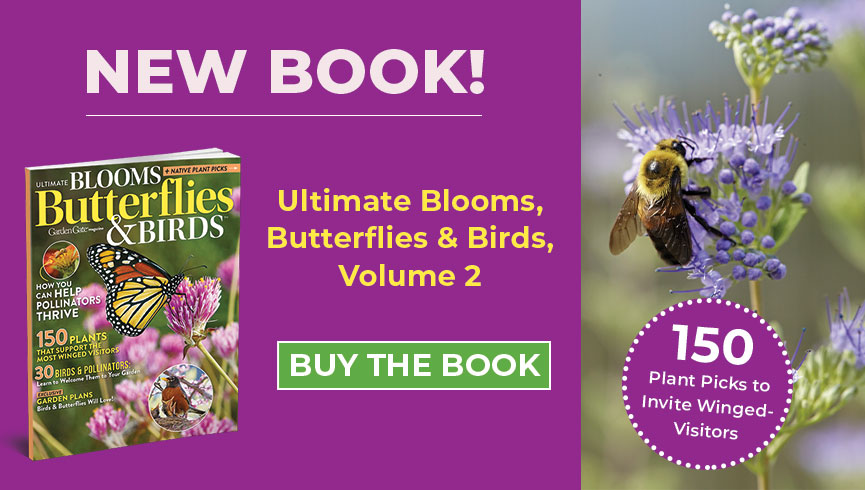What Is Integrated Pest Management (IPM)?
So what is IPM? It’s an approach to managing pests in the least detrimental way to the environment, and it combines multiple methods of prevention and control.
Maybe your first reaction to seeing a bug in your garden is to kill it. But that bug may be some other creature’s dinner or it may be pollinating the flowers of your veggies. And while you might not appreciate weeds, honeybees love a little white clover (Trifolium repens), so leaving a few in the lawn is ecologically helpful. For these reasons and more, the answer to every garden problem isn’t in a bottle of weed- or pest-killer. Wouldn’t you rather take a look at each problem that arises, evaluate it as part of a bigger picture, then try a few solutions with less environmental impact first? This is where Integrated Pest Management (IPM) comes in.
Learn how to control different garden problems with IPM
- Dealing With Garden Pests Using IPM
- Controlling Weeds in the Garden With IPM
- How to Control Garden Diseases With IPM

IPM (Integrated Pest Management) Basics
There are four main steps in an IPM program; see the basics for this strategy below:
1. Set thresholds
Decide how much of a pest you can stand. Does an insect decimate your vegetable crop or just make your flowers look ratty? Does a disease persist through an entire growing season, or is the problem short-lived and dependent on certain weather conditions? Is the weed invasive and needs to be eliminated, or is it OK to have a few here and there? Consider what impact the control measures of a pest may have on the environment, as well.
2. Monitor
Every few days, take a walk through your garden and look for chewed-up flowers, spotty leaves and weed seedlings. Do a little research to find out times of year or development stages when an insect, weed or disease is easiest to eliminate. Information from your local extension office can help you discover what pests are likely in your area.
3. Prevent
Maintain healthy, vigorous plants so they aren’t as susceptible to insects, and create growing conditions that won’t invite disease. For example, if powdery mildew is a common problem, space your plants so they have plenty of air circulation to help prevent it from taking hold.
4. Control
When a problem begins, make a plan. Try to start with the least environmentally harmful options, or physical methods, first. This might be cutting off infected foliage or smashing an insect, for example. If these approaches fail, chemical controls could be in order. You might go with a synthetic chemical and eradicate the problem with one application because it is the most efficient option. Or you could choose organic pesticides, knowing that they will keep the problem at bay with minimal environmental impact but may require more treatments over time. A combination of several techniques that can change according to circumstances is usually best.
Precautions when using chemical control methods in the garden
If you find that your best option is to use a chemical control, always read the label first. Follow the directions carefully and never use a pesticide at a greater rate than directed on the label. More is not better — it can cause damage to the plants while wasting money by using too much of the product.
Less is just as bad — you won’t get good results and may inadvertently cause the pest to develop a resistance. The label will also tell you how to dispose of the empty container, what to do if you are exposed accidentally and what protective equipment to wear. Keep in mind that products labeled “organic” and “natural” can have toxicities to humans and other animals even if they are relatively safe for the environment. So always use any pesticide with care.
You Might Also Like:
5 Ways to Get Rid of Weeds Without Pulling Them
Common Houseplant Bugs and How to Deal With Them
Gardeners Problem Solver Collection
















